I had thrown them in an unknown place. They had to find their way out.
Should they go to the lighthouse? Or the village?
Dina chose the lighthouse. She knocked on the door. An old woman answered.
“Hello. Who are you?” “I’m Dina. I’m looking for a drink.” “Oh. Do you want some tea?”
Dina looked around. Tea plantations were growing all around her. “Tea? Hum, I was looking for something stronger.”
“Oh, but I have strong tea if you want. A special blend. I might even have some biscuits.”
“Sorry, no, I mean an alcoholic drink. Like Whiskey maybe?”
“I don’ t have any Whiskey, but I’ve got tea. Do you want some?”
“No, thank you. Do you know where I could have a drink around here?”
“A drink? I’ve got tea if you want. Would you like a cup of tea? With some biscuits maybe. We like tea here.”
“No, I don’t want any tea, thank you. Ok, I’ll find my way on my own. Just need a minute to think…”
“Want to think around a cup of tea?”
“Arrggh. No.”
It was great fun.
I had created an experience out of very little. Just a place and a couple of characters. Low guidance and complete freedom.
We were playing a game called Amber. It was a tabletop role-playing game. Everyone plays a character in an imagined world and live through a story.
And in Amber, the game rules are simple and no dice are involved. Just story and characters. Pure role-playing and fun.
Now, here’s what I realized recently.
VR storytelling is similar to tabletop role-playing. In both cases, you embody a character. And you’ve got freedom to move around in a virtual world.
In tabletop form, you physically “act” as your character and recreate the whole world in your head. In VR, you’re not acting (yet). But you can see and feel the virtual world around you.
The world that was in your head now becomes visible all around you. It’s like the ultimate role-playing experience.
And the central piece in these experiences is the story. The story you live through, but also the one you tell yourself.
Now, you might have heard the traditional rules of storytelling don’t apply in VR.
Ok, but here’s the thing.
You can leverage the rules of tabletop role-playing to tackle VR storytelling. In many ways, the experience you go through is akin to role-playing.
So, do you want to tell a story and learn what makes for an effective tale in VR? Do you want to create a compelling VR experience but are not sure how to handle story, characters and the environment in your world?
If you do, you’re not alone. It’s a hard topic, one that many people are struggling with. Me included.
But I’ve found it helps to leverage what we’ve learned so far about storytelling, role-playing and video games. And if you don’t have any background in these areas, don’t worry.
Here I’ll share what I’ve learned over 15 years as a game master for tabletop games and over 30 years as a gamer. Also, I’ll share my analysis of existing VR experiences. And I’ll bring some light over the whole topic by sharing what VR studies and expert storytellers have to say about VR storytelling.
So you can follow along and extract the lessons that suit you, whether you’ve got a background similar to mine or not.
To set the stage, let’s start with traditional storytelling.
Telling a story
There’s a few ways to label them, but a traditional story follows the same three parts. I’ll go with the following parts:
- Act I: Problem and Obstacle
- Act II: Conflict and Struggle
- Act III: Resolution
In act I, you introduce the hero and main characters. You set the stage and tell what the hero’s quest is. You show the viewer or reader the obstacles lying ahead of the hero’s journey.
In act II, the hero will face obstacle after obstacle in their struggle to achieve their goals.
Act III is the resolution of the story. The hero will achieve (or not) his goals and become a changed person as a result of the journey.
The majority of stories follow the same arc and that’s what we’re used to. We want to identify with a character. And then follow their journey of struggle until they reach a destination that will irreversibly change their lives.
Now, you know what traditional storytelling is. Let’s move to storytelling in role-playing games.
Master the game
Here’s how you tell a story in a tabletop role-playing game.
As a game master, you’re in complete control of the universe the players evolve in. You create the world and set its rules.
You describe what the players see and inform them of the results of their actions. And you play all the non-player characters.
In short, you’re in charge.
Still, the players have a lot of influence on how the story unfolds. You can play the same scenario with different teams, and each time the story, events and consequences will differ. Little is set in stone.
Technically, this is how it works.
As a game master, you write a story in big strokes. You describe a world and a handful of set environments. Then, you create characters with their own background, traits and quirks.
Finally, you throw the players in your world and let the fun begin.
A game is then a matter of guiding and enticing the players to more or less follow the story you put together. You have to improvise to handle all the unexpected situations the players can put themselves into. In fact, improvisation is the best part. The one that leads to the greatest moments.
How much guidance and freedom you give the players is an element you can toy with.
When I started as a game master, I used to spend a lot of time preparing, ironing out all the details of the world and story. But as I grew more confident, I adopted a more laid back approach.
I would then write the story as a wireframe. I’d describe simple steps and scenes I could follow and revert back to when needed. The only place where I would still spend significant time was character creation.
Through good characters, interesting situations and involved role-playing, I would let the players make the story. And a mere one page description could bring 5 hours of role-playing during a game.
Let’s get back to storytelling.
In tabletop role-playing games, you still follow a 3 act approach.
You set the tone at the beginning. You give the players a quest worth pursuing. This is act I.
Then, they face a series of obstacles on their way to achieve their quest. Act II.
In the end, they get some of the rewards they expected and the life of their character is altered. The resolution often leads to new stories branching out from the completed quest… Act III.
The backbone of traditional storytelling is still there. And here’s the main difference: at the start of the story, you don’t know the events that will lead from act I to act III.
You’re influencing the players, not directing them.
And this, is very similar to creating a VR experience.
Setting the virtual stage
Here’s my take on VR storytelling.
VR transports you to a unfamiliar location, inside the body of a foreign character you’re controlling.
And it’s not the same as playing a video game character on a 2D screen. Because you see through their eyes in full 3D, you get a feeling of presence that you don’t get at all with a 2D screen. Presence greatly increases your emotional attachment to the character you’re playing.
You’re not looking at a character on a screen a few feet away from you anymore. Now, you’re that character. You feel physically present in that world. There’s no escaping!
Now, when you’re transported to unknown place, a few things happen.
First, you need to get familiar with your environment. You’ll want to get a feel for it and explore it to satisfy your curiosity.
Second, you’ll want to see how your habitat and virtual people around you react to your actions.
Finally, you’ll want to understand who you are in that world and why you’re there. You need to understand the story of you, as a virtual character.
In VR storytelling, the environment takes a central stage. You’ve got to pay special attention to it. In fact, the whole experience is an act of balancing story and environment to provide the answers the player is looking for.
How much control you give the viewer over the story and environment is an important decision you’ve got to make. You’ll be turning the dials on your virtual control board to find the right balance for the VR experience you’re creating.
VR storytelling is not classic linear storytelling, even though it can be linear if you decide to. And we’ll see examples of linear stories in the next section. But the experience is more akin to video games.
The user always has control over the experience, even if it’s just by choosing where he/she looks. It’s always interactive by construction.
To give you a taste for how you can play with the dials on your control board, let’s have a look at several experiences that are available on the market right now.
Turn those dials
I’ll be covering the following experiences:
- Henry
- Lost
- Invasion
- The Rose and I
- Allumette
- Abe
- Gnomes & Goblins
- Trials on Tatooine
- A chair in a room
- Vanishing realms
- The Gallery
You’ll notice that I don’t cover any VR films shot with a camera here. It’s a personal choice to limit the coverage to 3D modeled VR.
VR animation
The first 6 are what I’ll call VR animation films. The last five are interactive experiences or games. They differ in the amount of interaction that’s on offer.
The VR animation films available right now are short stories that you watch as a spectator. You can look around and move across the world (if you have a room scale VR setup). But that’s it in terms of interaction. You can’t touch or grab anything.
In the case of Lost, Henry, Abe and Invasion, your presence is acknowledged. Either as a disembodied spectator or as someone with a physical body.
The simple of fact of having your presence acknowledged changes a lot. You become part of the story straight away. You identify with a character, even if this character has no traits or story.
When you’re just a spectator, you enjoy watching a story. You also feel present, but you’re not “in” the story.
That simple choice of acknowledging the spectator looking at your story is key to how people will perceive and understand your creation.
 Of all the 6 stories, Henry is for me the most successful one. And its success is due to its emotional appeal. It’s using traditional storytelling to convey emotions and that’s how it stands out. The environment and what happens to it during the story is another key to its success.
Of all the 6 stories, Henry is for me the most successful one. And its success is due to its emotional appeal. It’s using traditional storytelling to convey emotions and that’s how it stands out. The environment and what happens to it during the story is another key to its success.
And this illustrates why traditional storytelling is still central to a successful story in a passive VR experience.
In Lost, you experience wow effects that compensate for a minimalist story line. It leverages VR presence to convey an experience. It leans more on the side of a simple VR experience than a new way to watch animation films.
Lost and Henry are both from Oculus Story Studio and offer two different takes on what a VR experience can be.
Invasion, like Lost, uses the wow factor to convey a great experience. It also gives you a body, so you’re not just a pair of eyes floating in the air. This increases your feeling of presence.
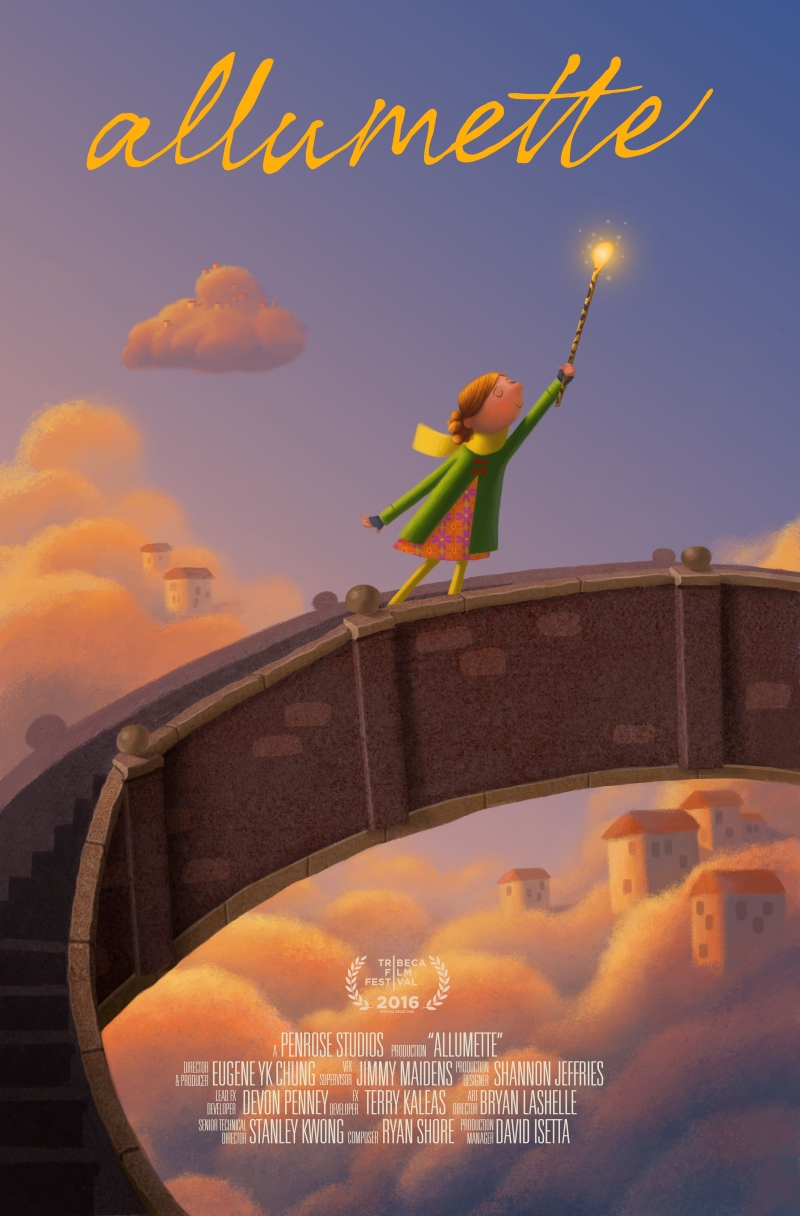 In The Rose and I and Allumette, you feel like a giant watching people at the scale of puppets. It’s an experience akin to watching live actors at the theater. Both films are from Penrose Studios.
In The Rose and I and Allumette, you feel like a giant watching people at the scale of puppets. It’s an experience akin to watching live actors at the theater. Both films are from Penrose Studios.
Finally, in Abe, you’re the center of attention. You are a person and the story is happening to you. It’s a pretty intense experience. The importance of the environment here is secondary. It’s all about you, Abe and the story.
Let’s move to the last 5 experiences on the list.
VR experiences
Gnomes & Goblins and Trials on Tatooine are interactive experiences. Vanishing Realms, The Gallery and A Chair in a Room are games.
Gnomes & Goblins focuses on the environment. There isn’t much of a story to go through. It’s all about exploring your surroundings and discovering its inhabitants.
It’s an enchanting experience, that actually moves away from storytelling. But it’s a brilliant illustration of how you can create a world that people want to explore. And that world still tells a story in itself.
Trials on Tatooine is an epic affair, for me the best experience of the whole lot. It’s using a simple story to put you in heroic situations.
You don’t play a specific character. It’s the environment and the succession of events that give you an epic experience. Here, traditional gaming mechanics make its success and storytelling takes the back seat.
A Chair in a Room is an intense experience where you get to discover who you are, your story. It puts you in troubling and scary situations, playing on psychology and sounds to give you an oppressing feeling.
The environment is simple, but interactive and cleverly designed. The story is central here. It leverages standard storytelling techniques inherited from video games. But what makes it a unique experience is the fact that you identify with the main character in the story.
You’re free to act the way you want and make up your own story. But the app puts you in situations that encourage you to act in a certain way.
Vanishing Realms is a highly interactive and gripping game. The gameplay and feeling of being an adventurer exploring dungeons are central to the experience. It fulfills the dream of most tabletop role players.
The story is secondary. Here, the environment, its exploration and gameplay prevail. The experience exploits video games techniques, while at the same time offering a gameplay that is intuitive and physical.
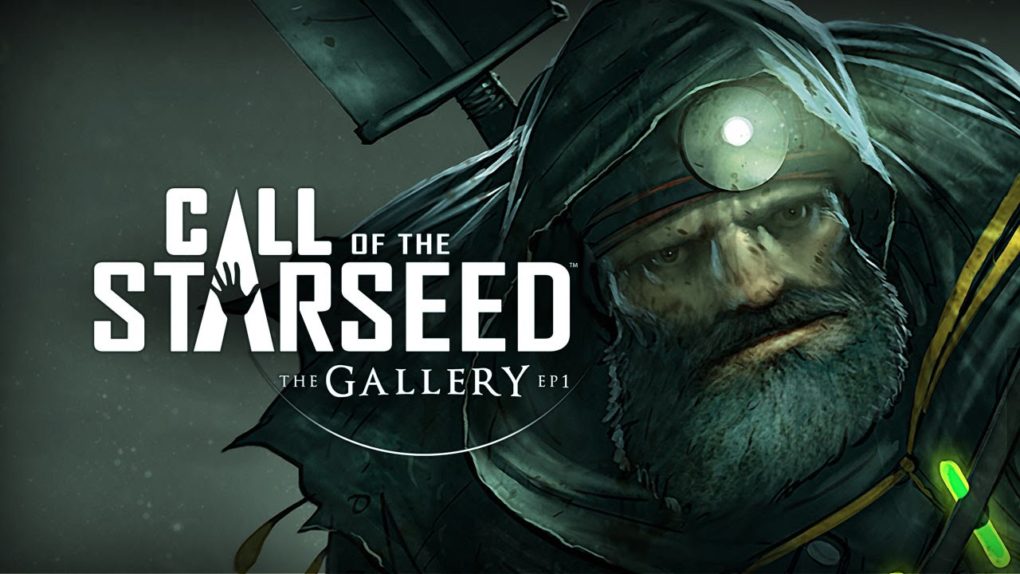 Finally, The Gallery gives you an interactive experience, with real gameplay, characters and a story. It’s slow paced, with a focus on exploration. It exploits brilliantly the feeling of presence.
Finally, The Gallery gives you an interactive experience, with real gameplay, characters and a story. It’s slow paced, with a focus on exploration. It exploits brilliantly the feeling of presence.
Now that we’ve covered several examples, you can see how a few key decisions can completely alter your VR experience.
So, to tune your app correctly, you first need to decide on the type of experience you want to offer.
Is it an active or passive one? Does it focus on the environment, the experience or the story? Or maybe on all three?
Is it a game, a film or an experience? And how do you want people to perceive your app?
Here’s what we now need to turn to.
Guidelines
In classical marketing style, you need to decide who your target user is. Are you focusing on gamers, or maybe kids or, why not, retired women who are bored?
When you know who you’re targeting, you can tweak story, environment, interactivity and gaming aspects correctly.
Then, think about the kind of experience you want to convey to that specific user. Are you making a game, an interactive experience or a completely passive VR film?
Once you’ve clarified these two important points, you can start creating your VR experience.
Here are my guidelines for VR storytelling. They’re based on what I’ve learned as a game master, role-playing and video game player, as well as the advice from key people in the VR industry.
First, make sure you understand traditional storytelling. Absorb it. Make it part of your skill set.
In any situation, the ingredients of a good story won’t change. Good characters, a plot and a 3 act progression is good practice.
Now, taking tabletop role-playing games as a starting point, here’s what I found works well in VR:
- Take a low touch approach. Focus on setting up your world and characters mainly. Make sure the world is coherent and everything has its place.
- Give the viewer enough time to get to grips with their surroundings before the story starts. Make them comfortable in the environment.
- Keep your story simple. Minimalist if you can. Too many details and explanations can be overwhelming and constraining for the user. Less is more.
- Let the player construct their own story. Entice them to explore with an interesting environment. Find the right balance between guiding them and giving them complete freedom. Draw attention to the most important story points you’ve created, without forcing the story upon the player. Remember: you’re an influencer, not a director.
- Find the right balance environment-story for your target user and the experience you want to convey.
- Be experimental. Try things out, even if they sound crazy. VR is a new medium, so it’s a good time for experiments. Throw your ideas on the wall and see what sticks. Don’t be afraid to be bold. Find your own way to tell stories in VR.
- Focus on psychology and emotions. Give an emotional reason for the viewer to explore and follow your story. They need to “care” about it.
- Focus on the experience. Make it fun and unforgettable. Sometimes that means shocking. Experiences where the user is involved, when they have to put a cognitive effort into it, tend to be more memorable.
- Put yourself in the viewer’s shoes. Try to go through the experience yourself. How would you tackle each situation? How would you react? Is it enticing enough? Make sure your understand presence and what makes for a compelling experience.
And here are a few questions to help you create your experience:
- Are you creating an interactive storytelling experience or a game?
- Is the viewer a spectator or an actor?
- What’s their role in the story?
- What makes your story and experience fun, thought-provoking and memorable?
- How challenging is your experience? Can the user fail?
- How much freedom does the user have?
- How do you guide the user and how much guidance do you give?
- Are the story and environment compelling enough to carry the user forward until the end?
- Are your world and experience believable and consistent? Does the user feel present at all times?
- Is the pace well adjusted, not too slow or too fast?
With those guidelines in mind, let’s now have some fun and explore what you could create in VR.
Explore
To illustrate the power of VR storytelling, here’s a few ideas for plots you could put together in VR.
First, you could put the viewer in the head of a historical figure and let them relive famous events that have taken place. It would be an empathetic and educational experience. And if you fancy it, you could bring twists to the story. Or let the viewer make decisions that will change the outcome of events.
Imagine the player becomes Harry Truman and has to make a decision on whether to drop an atomic bomb on Hiroshima. The experience would go through the various events preceding that decision, all the way until the fateful moment. Then, the events would unfold based on the decision from the player.
This type of plot is powerful and VR can provide unique emotional appeal because of the feeling of presence. And this could bring a unique perspective on the events that have taken place.
And you can take that exact idea to fiction. You could become Frodo, Luke Skywalker or Neo, for an epic experience.
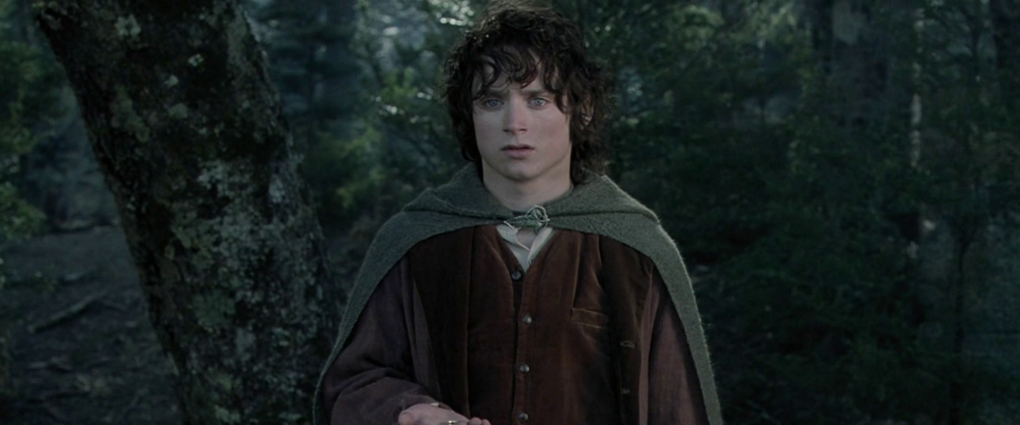
Here’s an other idea. What about an experience where the viewer goes through a standard working day, a boring one? A typical day most people are familiar with.
But then, something incredible happens. Like you learn your whole life is fake, ala Truman Show? Again, a gripping experience in VR…
An alternative story is for you to turn “crazy” during a typical day. You’d tell your boss to go to hell, and leave to go and do some crazy stuff you’ve always wanted to. Like shooting the tires of someone annoying you on the road (one of my personal favorites).
Or fly a helicopter in the middle of New York, zigzagging around skyscrapers. What about stealing a space shuttle to go to the moon? Or throw the biggest and maddest party ever?
One idea that cinema has explored, is to relive the same story several time. But each time through the eyes of a different character (like in Amores Perros). You identify with each character and get a completely different perspective each time. In VR, it would be a kind of ultimate empathy experience.
And here’s a last series of examples, that focus more on the environment than the story.
You could set an interactive environment. And then let the player interact with it to construct their own story. The story would unfold based on specific actions the player decides to take.
For example, the player could pick up the phone and this would trigger someone to come and meet them in their flat.
If they instead watch TV, no one comes. But then, they see news of an accident nearby that involves one of their friends. The exact friend that would have visited them had they picked up the phone. And therefore wouldn’t have been involved in an accident.
The story changes based on specific physical actions from the player.
In a different twist, you could have an environment that reacts to the actions of the player. The environment would literally change based on previous actions. Where they choose to look, what they pick, how they handle objects will impact the future shape of the world and actions available to them.
Finally, you could create a universe where objects are animated. Placing them in various locations will trigger different stories. A sort of interactive Toy Story. And then, what about letting the viewer becoming one of the objects and live the story they’ve just triggered?
There’s so many ideas you could try… but let’s stop here.
Limitless Worlds
VR has been around for 50 years now. But it’s never been mainstream. Today the technology is ready for it to become widespread.
We’re at the dawn of a new medium that will become an important part of our culture in the near future. It’s still a new medium people are getting to grips with. That means the field for creating unique stories and experiences is wide open.
I hope this post inspired you to tell stories in VR and you got some guidelines to get started.
The potential of VR storytelling is virtually endless. And now is a great time for you to get involved and be part of the future of storytelling.
What’s your favorite VR experience or story so far? And why is it your favorite?
Share your thoughts in the comment section below.
References:
- The VR Book: Human-Centered Design For Virtual Reality
- Infinite Reality: The Hidden Blueprint of Our Virtual Lives
- The Art And Craft Of Storytelling: A Comprehensive Guide To Classic Writing Techniques
- Storytelling in Virtual Reality: The Basics
- The struggle to adapt storytelling for virtual reality
- The Storyteller’s Guide to the Virtual Reality Audience
And when you join, you get a FREE guide: 8 Tools & Resources Every New VR Creator Needs, so you can start building your first product today
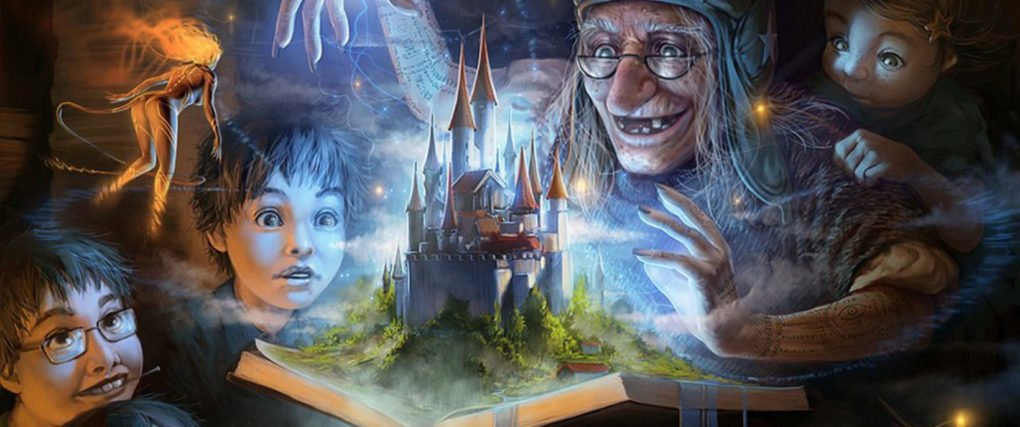
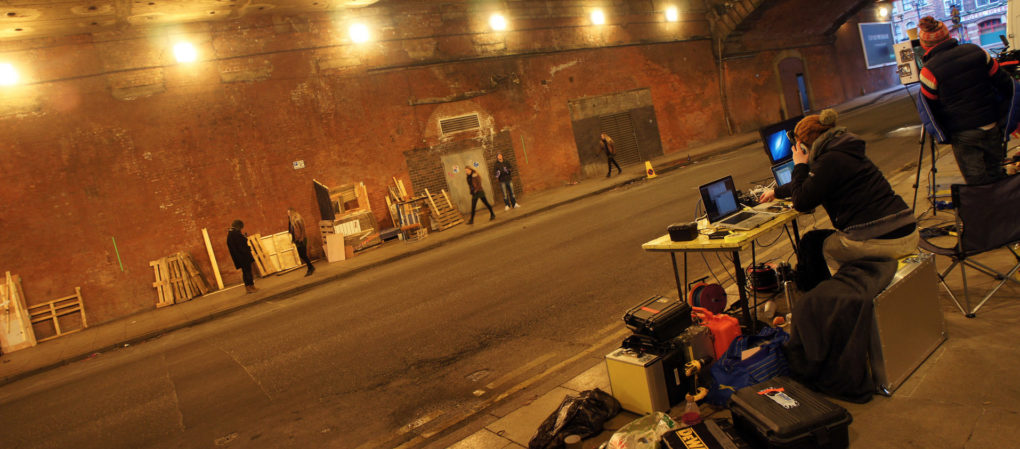
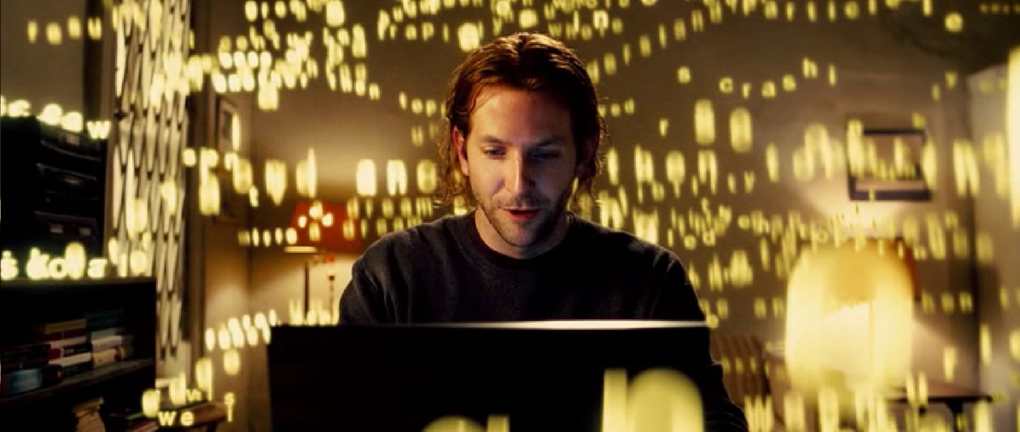



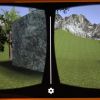

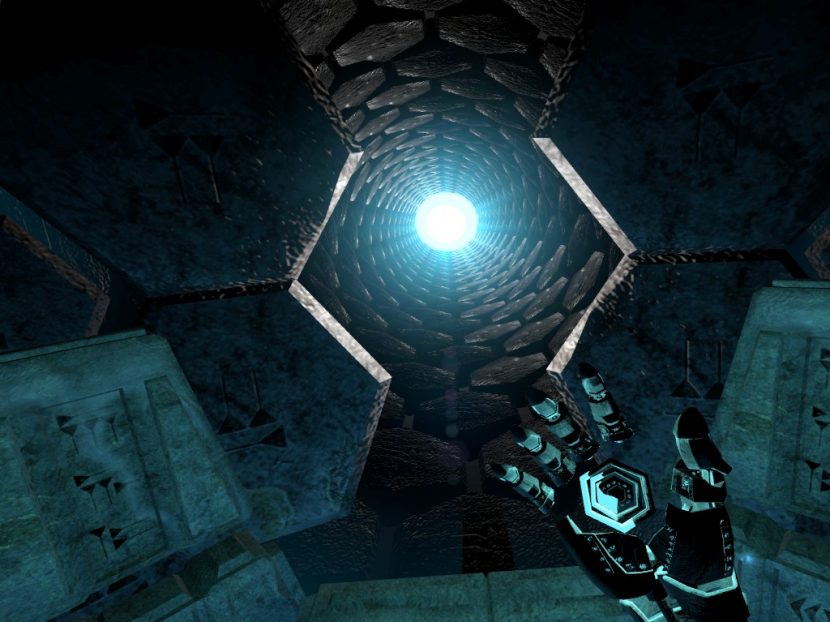

Please share your comments